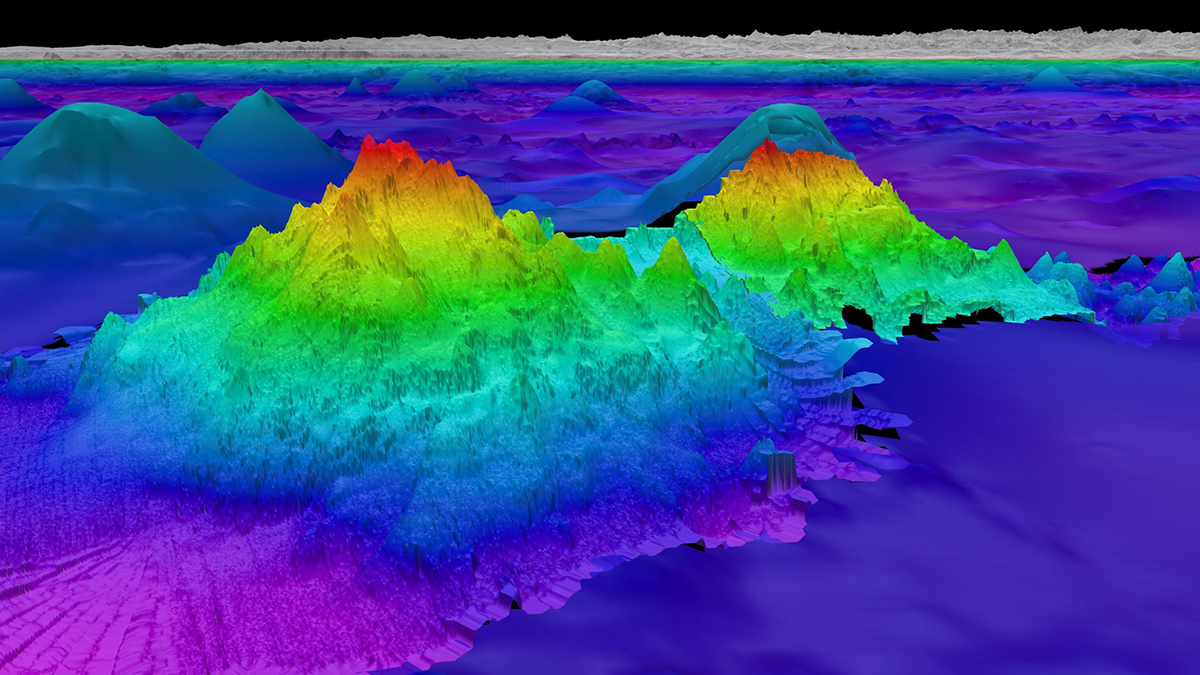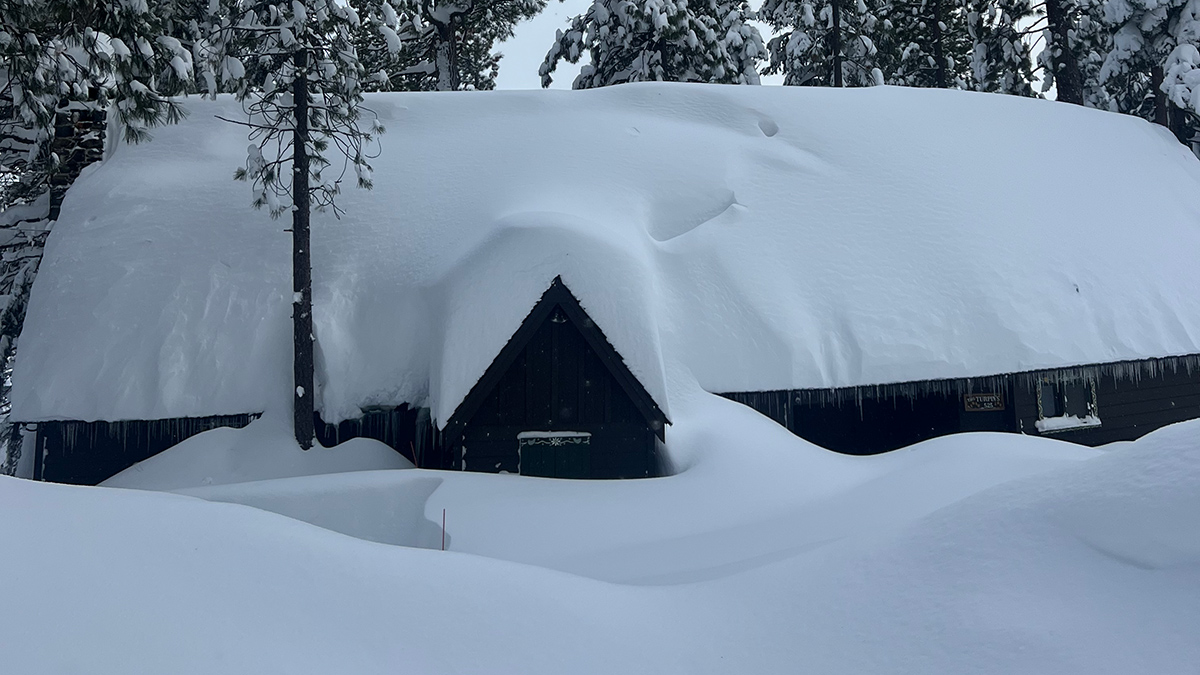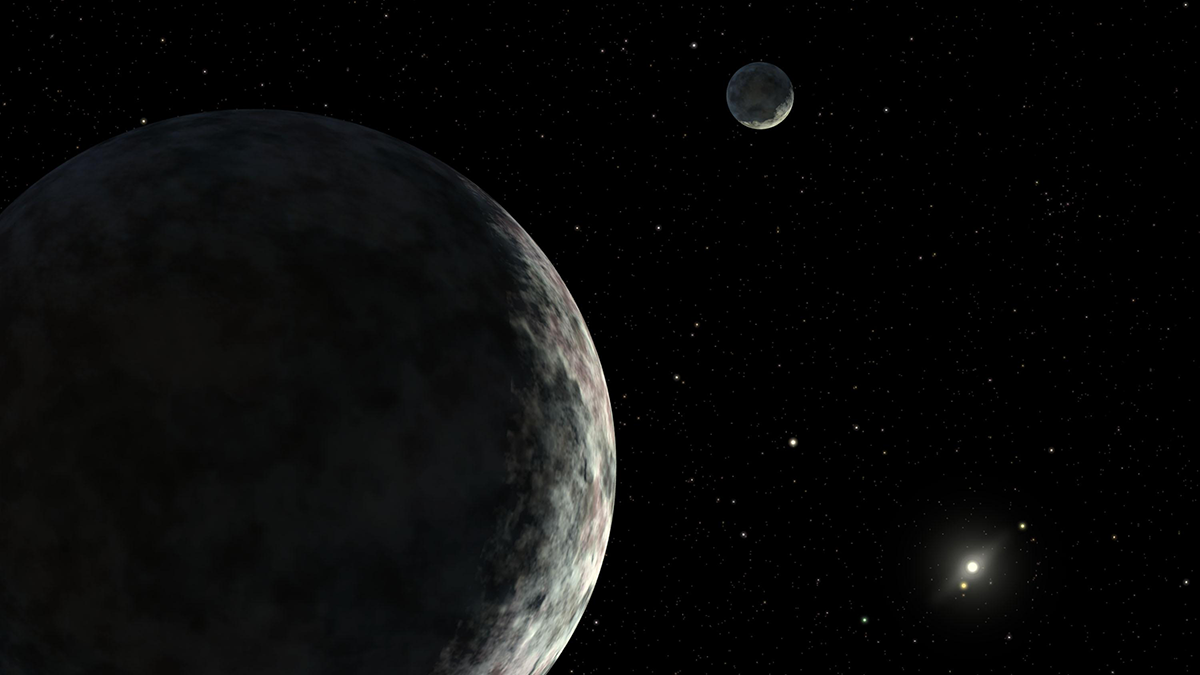Distributed acoustic sensing offers a cost-effective alternative to traditional seismic arrays, and building such a network on the Moon might be possible.
News
Quase um Ano depois, a Seca na Amazônia Está Longe de Terminar
Fortalecido pelas mudanças climáticas, o período de seca no norte do Brasil poderá durar mais que o originalmente previsto e ter consequências econômicas e ecológicas prolongadas.
New Seafloor Map Only 25% Done, with 6 Years to Go
Beneath the waves, the vast majority of the ocean is unknown. Seabed 2030 is using cutting-edge technologies to fill in the bathymetric blanks and fully map the seafloor.
Air Pollution Has Masked Climate Change’s Influence on U.S. Rainfall
A study suggests that high levels of aerosol pollution have offset higher precipitation levels caused by a warming climate.
Drilling into Antarctica’s Past
The West Antarctic Ice Sheet melted rapidly around 8,000 years ago. Could that event foretell the future?
American Samoa’s Sinking Land Speeds Up Sea Level Rise
A new interactive tool is helping residents understand how their lands and homes are at risk.
No Canadian Volcanoes Meet Monitoring Standards
A new analysis reveals serious monitoring gaps at even the highest-threat volcanoes.
Melting Ice in the Polar North Drives Weather in Europe
Influxes of meltwater into the North Atlantic eventually lead to warmer and drier conditions over Europe.
California Mountains Face Weather Whiplash
Last month’s massive snowstorm in the Sierra Nevada followed a dry start to winter. Such extremes in precipitation may become the norm.
Dwarf Planets Show Evidence of Recent Geologic Activity
Large bodies in the Kuiper Belt and beyond could have hosted subsurface oceans.










